HTML Structure of a Web Page
HTML, which stands for Hypertext Markup Language, is the backbone of every web page. It provides the structure and layout for displaying content, allowing users to interact with the information presented. Understanding the HTML structure of a web page is essential for web developers and designers, as it ensures that the content is properly organized and accessible to users.
The HTML structure of a web page consists of various elements that work together to create a cohesive and functional layout. These elements include headings, paragraphs, lists, images, links, and more. Each element serves a specific purpose and has its unique syntax and attributes.
Headings are an essential part of the HTML structure as they define the hierarchy and organization of the content. They range from H1 to H6, with H1 being the highest level and H6 being the lowest. It is best practice to use headings in sequential order, starting with H1 for the page’s main title and subsequent headings for subheadings and sections.
In addition to headings, HTML also provides the option to create paragraphs. Paragraphs are used to group related text together and structure the content. They are made using the <p> tag and can be styled using CSS to enhance readability and visual appeal.
Lists are another essential element of the HTML structure. There are two types of lists in HTML: ordered and unordered. Ordered lists are used when the items have a specific order or sequence and are created using the <ol> tag. On the other hand, Unordered lists are used when the items do not have a specific order and are created using the <ul> tag. Both types of lists can contain list items, which are created using the <li> tag.
Images and links are also integral parts of the HTML structure. Images are used to enhance the visual appeal of a web page and can be inserted using the <img> tag. Links allow users to navigate between different web pages or sections within the same page. They are created using the <a> tag and require an href attribute to specify the destination URL.
In addition to these basic elements, HTML also provides a wide range of other tags and attributes that can be used to enhance the structure and functionality of a web page. These include tables, forms, multimedia elements, and more. Each element and attribute has its own purpose and usage guidelines, and understanding them is crucial for creating well-structured and accessible web pages.
In conclusion, understanding the HTML structure of a web page is essential for web developers and designers. It provides the foundation for organizing and presenting content in a clear and accessible manner. Using headings, paragraphs, lists, images, links, and other HTML elements, web pages can be structured in a visually appealing and user-friendly way. So, mastering HTML is necessary whether you are just starting in web development or looking to enhance your skills. Start learning today and unlock endless possibilities in the world of web design.
Remember, HTML is the language that brings web pages to life, and understanding its structure is the key to success. So, what are you waiting for? Dive into the world of HTML and start creating amazing web pages today!
